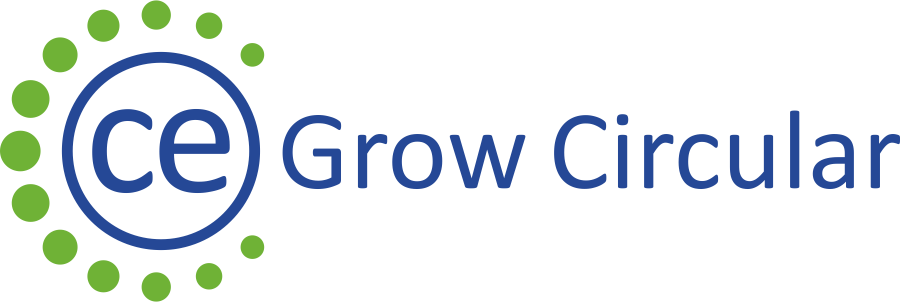Material Circularity

Globally resource consumption has been growing at an exponential rate and in response supply chains are likewise growing in size and complexity with similar speed. This enormous appetite for resources is putting extreme pressure on our communities through various forms of pollution and changes to the environment.
The core idea of circular economy is to designing waste and pollution out of our system, keep materials and products in use for as long as possible, decouple economic activity from the consumption of finite resources and regenerate our renewable resources.
Challenges
Opportunities
Supporting policies
OECD's Material Resources Outlook
Circularity GAP
For some key materials it is estimated that only about 41% of the original material value remains after one use cycle, hence the value losses to the economy amount to several billions of EUR per year. Addressing these losses is likely a major economic, environmental, and geopolitical opportunity for Europe consistent with the EU’s Circular Economy Action Plan, and with the ambition of greater raw materials resilience.
Applying circular strategies to materials use will help us preserve their value better, reduce excessive material consumption and import dependence, as well as help curb GHG emissions and pollution from emission hotspots.
Also of note is that 2050, the due date for Paris Agreement targets, is only one investment cycle away for most heavy industries, so the decisions made today will be critical for the outcomes that will be reflect at mid-century.


